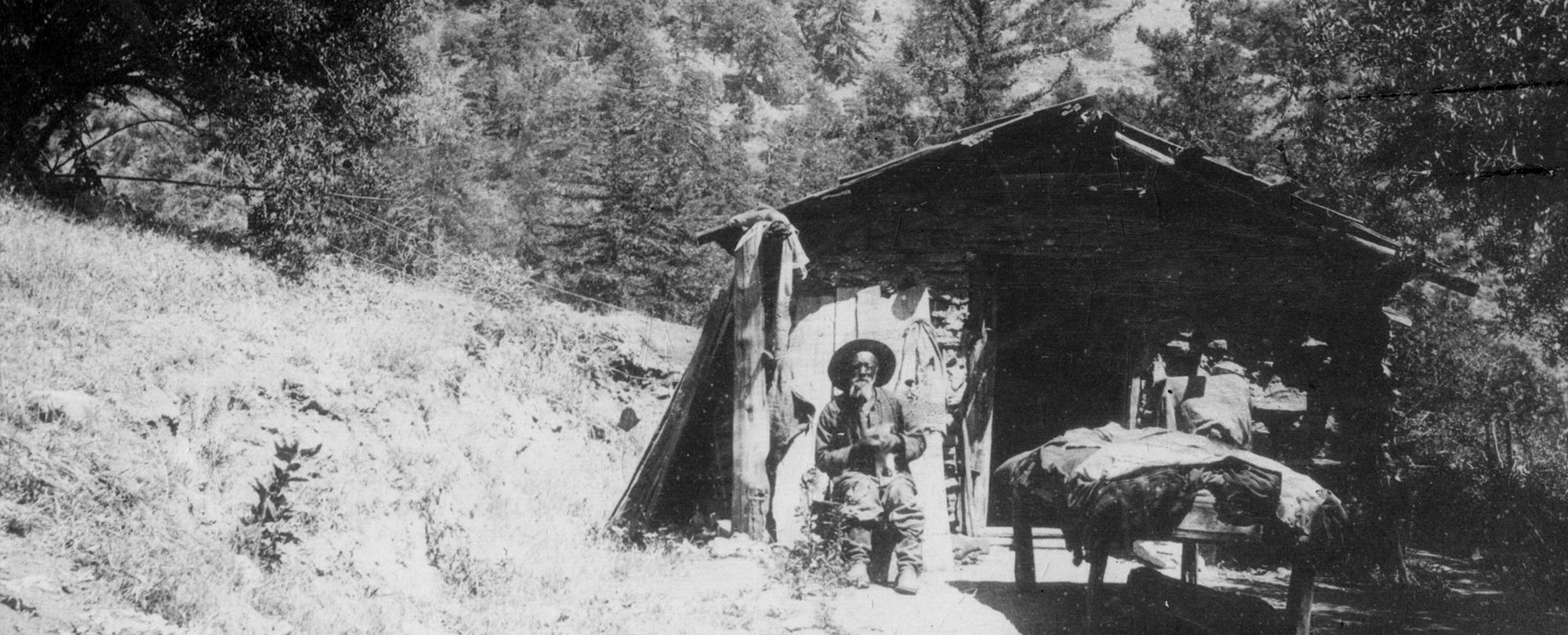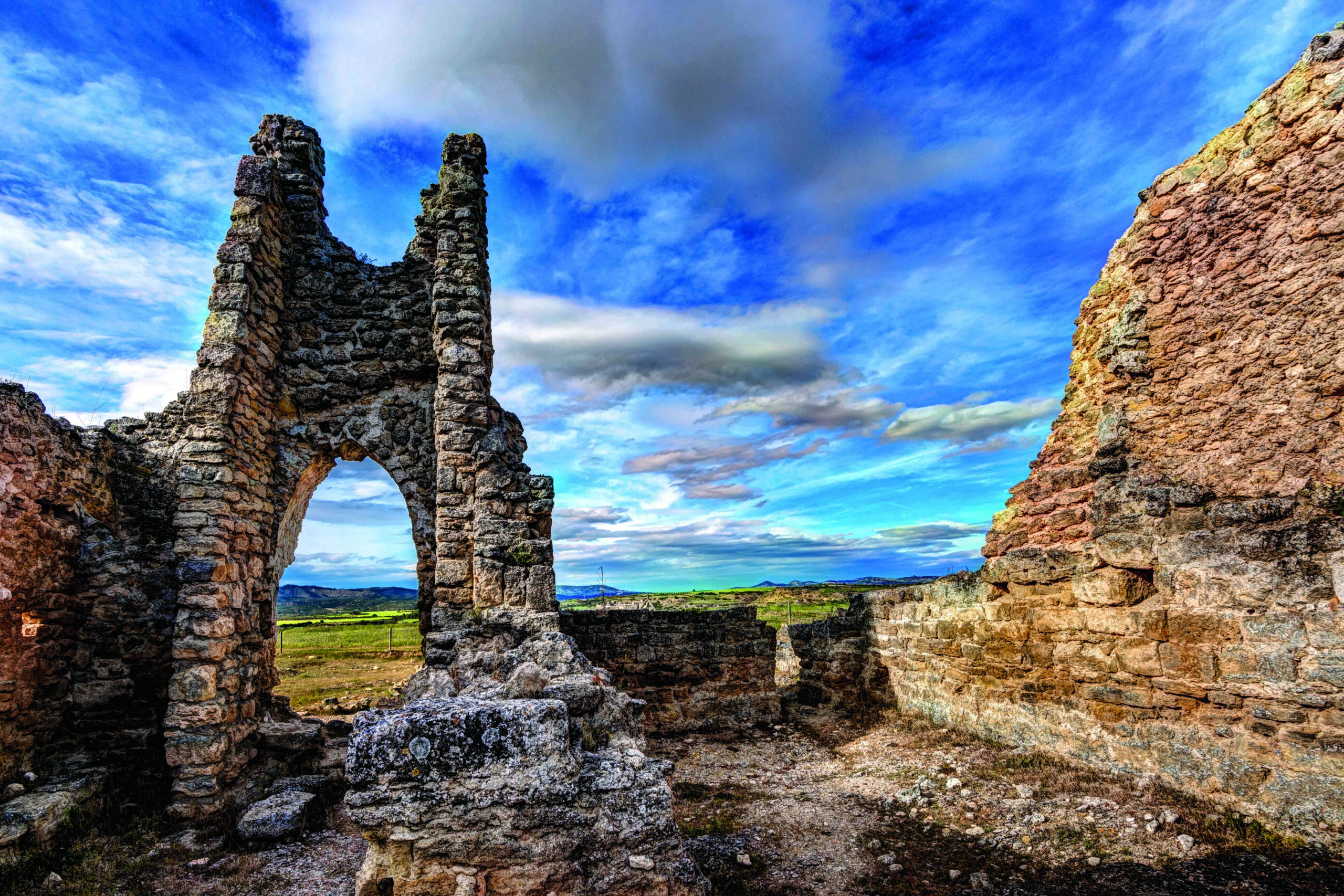
CARDIFF, WALES—The Guardian reports that a team of researchers from Cardiff University, the Mary Rose Trust, HM Naval Base, and the British Geological Survey’s National Environmental Isotope Facility examined the remains of eight sailors recovered from the wreckage of Mary Rose, a Tudor warship that sank in the Solent on July 19, 1545, in a battle with French ships. The positions of the remains in the wreckage, and artifacts found near them, suggest they included an officer, an archer, a royal archer, a carpenter, a gentleman, a cook, and a purser. Multi-isotope analysis of the sailors’ teeth indicates three of these sailors were not British. Two may have grown up in southern Europe, and the third in North Africa—perhaps in southern Tunisia, the Atlas Mountains, or Morocco. The researchers concluded that the Tudor navy may have been more diverse than previously thought. Read the original scholarly article about this research in Royal Society Open Science. For more, go to "History's 10 Greatest Wrecks...Mary Rose and Vasa."










